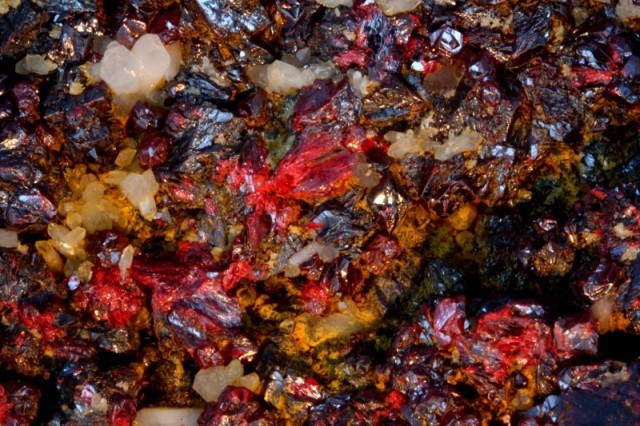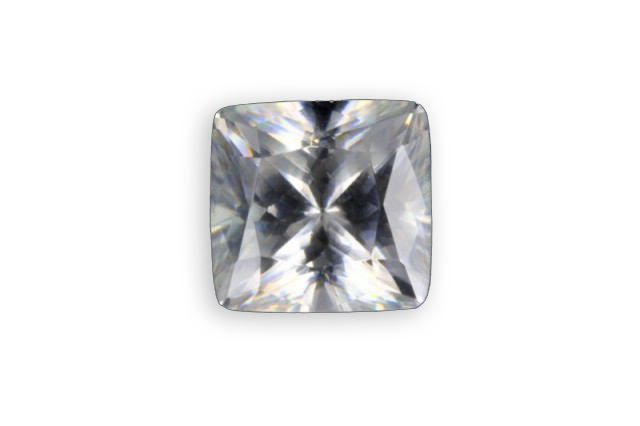
clinohumite
Discovered in 1876, on mont Vesuvius in Italy, it honors the name of the mineralogist Sir Abraham Hume (1749-1838). Some clinohumite gemstone was first discovered in Tajikistan, than Pamir, and then later in Vietnam.
Je vous emmène à travers mes vidéos découvrir mon expérience acquise depuis plus de 30 ans a silloner le globe entier à la recherche de pierres précieuses, de rencontre mémorables mais aussi de difficulté parfois …

Discovered in 1876, on mont Vesuvius in Italy, it honors the name of the mineralogist Sir Abraham Hume (1749-1838). Some clinohumite gemstone was first discovered in Tajikistan, than Pamir, and then later in Vietnam.


Discovered in 1817, its name comes from the Greek “chondros” which means grain in connection with its well-formed crystals, isolated in the form of grains.

Discovered in 1823, its name honors the English mineralogist John George Children (1777-1852). It is very close to the eosphorite and in its chemical composition iron is the dominant on manganese, unlike eosphorite where manganese is dominating.


It takes its name from the mine Bastnas Riddarhyttan in Vastmanland in Sweden where it was discovered. There are three varieties of bastnaesite based on the predominant “rare earth element” (rare metallic chemical elements) in it. Here lanthanum is the dominating but also cerium can